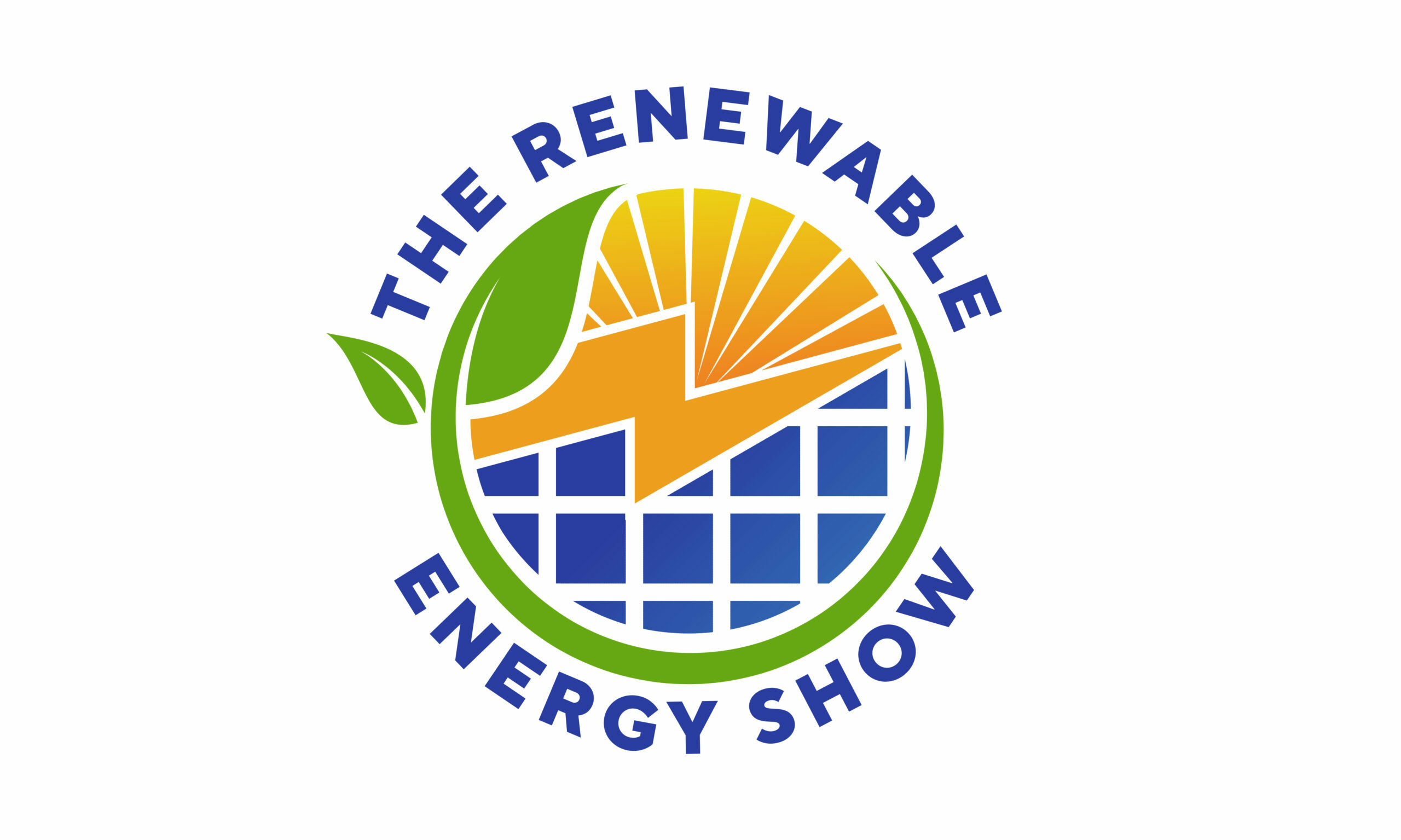I still remember the summer I spent in the small town of Salamanca, Spain, surrounded by the majestic Pyrenees mountains. My grandmother lived there, and every morning, I’d join her for a stroll through the rolling hills, taking in the fresh mountain air and listening to the sweet songs of the birds. It was a peaceful existence, far removed from the hustle and bustle of city life. But, as I grew older, I began to notice that the summers were getting hotter, the air was getting thicker, and the once-clear skies were often shrouded in a haze.
It wasn’t just a personal observation; the data was stark. Air pollution was on the rise, and it was having a devastating impact on public health, especially in urban areas. The World Health Organization (WHO) estimates that 9 out of 10 people breathe polluted air, which claims 7 million lives each year. The numbers are staggering, and it’s a crisis that requires immediate attention.
One of the main culprits behind this crisis is the massive release of greenhouse gases, particularly carbon dioxide, which contributes to climate change. The burning of fossil fuels, such as coal, oil, and gas, is the primary source of these emissions. But, there is hope. By implementing effective emissions control methods, we can reduce the amount of pollutants released into the atmosphere, mitigating the impacts of climate change and improving air quality.
So, what are these emissions control methods, and how do they work?
Traditional Emissions Control Methods
For decades, governments and industries have used traditional emissions control methods to reduce air pollution. These include:
1. End-of-pipe controls: These involve installing scrubbers, filters, and other technologies at the tail end of industrial processes to capture pollutants before they’re released into the atmosphere.
2. Catalytic converters: These are used in vehicles to convert toxic gases, such as carbon monoxide and hydrocarbons, into less harmful substances like carbon dioxide and water vapor.
3. Flue gas desulfurization: This process involves removing sulfur dioxide from power plant emissions, reducing acid rain and other environmental harm.
While these methods have been effective, they often have limitations and can be costly to implement. Moreover, they may not address the root causes of pollution, which is why new, innovative solutions are needed.
Emerging Emissions Control Methods
In recent years, researchers and industries have been exploring new, more effective emissions control methods. Some of these innovative solutions include:
1. Carbon capture and storage (CCS): This technology captures CO2 emissions from power plants and industrial processes, then stores them underground, preventing them from entering the atmosphere.
2. Electrostatic precipitators: These devices use an electrostatic charge to remove particulate matter from flue gases, reducing emissions and improving air quality.
3. Biotechnology: Microorganisms can be engineered to break down pollutants, such as toxic chemicals and heavy metals, making them more environmentally friendly.
A Brighter Future
The fight against air pollution is far from over, but there is reason to be optimistic. By investing in emissions control methods, both traditional and innovative, we can create a cleaner, healthier environment for future generations. It’s not just a moral imperative; it’s a matter of economic necessity. The World Bank estimates that every dollar invested in reducing air pollution yields an average return of $4 in health benefits and economic gains.
As I look back on my summers in Salamanca, I’m reminded of the importance of protecting our air and our planet. It’s a fight worth waging, and one that requires our collective effort and ingenuity. By embracing new emissions control methods and technologies, we can create a brighter future, where our children can breathe easy, and our planet can thrive.
